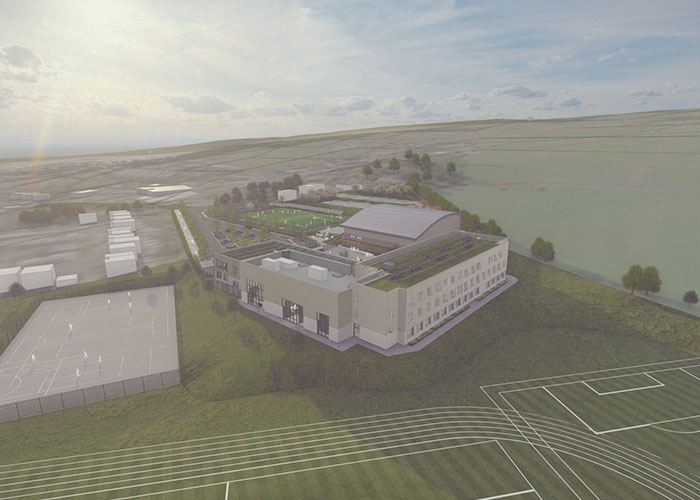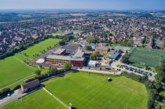Wates and the Department for Education (DfE) have announced that work has begun on building some of the UK’s first net zero schools.
Lytham St Annes High School, Littleborough Community Primary School and Nursery, and Whitworth Community High School are the first to be built as part of the DfE’s 10-year Schools Rebuilding Programme.
Wates, one of the UK’s leading family-owned construction, residential development, and property services companies, will be building the schools using pioneering modern methods of construction. Procured via the Department for Education’s (DfE’s) Modern Methods of Construction (MMC) Framework, they are part of a batch of six schools awarded to Wates Construction in January 2020.
Once work is completed the schools will be net zero in operation and are among the first schools built by Wates to these standards.The project is being delivered using Wates’ Adapt solution, a component-based school kit which offers a more sustainable method of construction, ensuring less waste and higher finished quality through its emphasis on offsite manufacture.
The ‘fabric first’ approach is optimised to provide very high levels of insulation and air tightness. In doing so, schools are significantly better than the standard Building Regulations and ensures that heating demand and energy consumption is minimised, supplemented by the use of efficient heating plant, LED lighting, and simple controls.
Project details:
• Lytham St Annes High School (Lancashire) (pictured above) — delivering a new two-storey main school block and detached sports hall, with work due to be completed in 2023. All new build elements will be net zero carbon in operation, achieved through a combination of enhanced building fabric, passive ventilation chimneys, mechanical heat recovery systems and on site offsetting of energy use through an extensive biosolar roof system.
• Littleborough Community Primary School (Greater Manchester) — delivering two-storeys on land within the existing Littleborough campus, including 14 new classrooms, a library, a new sports/assembly hall, Multi Use Games Area (MUGA) and a 420-place primary school providing 60 places for each year group along with a 26-place nursery. The sustainable design includes an optimised thermal envelope with increased insulation and triple glazed windows, optimised window sizes to maximise daylighting together with rooflights and lightwells, enhanced ventilation with openable windows to classrooms and solar panels.
• Whitworth Community High School (Lancashire) (pictured below) — delivering a new 750-place secondary school, comprising of a two and three-storey main teaching block with classrooms, main hall, specialist technology spaces. A minimum of 70% of the building’s PMV (pre-manufactured value) will be constructed using offsite manufacturing techniques, while other sustainable aspects of the build will feature roof-mounted photovoltaics, biosolar green roofs, heat recovery systems, sustainable drainage systems, offsite engineered thermal envelope and electrical car charging points

Gary Campbell-Dykes, Education Director at Wates, said: “We are delighted to be supporting the Department for Education on this exciting and innovative project, delivering one of the first net zero schools in the UK. The construction industry has a huge role to play in helping meet the country’s ambitious climate goals, and this marks an important step in our journey towards achieving net zero. Wates’ mission is to be a force for good, driven by our commitment to become the most sustainable, trusted and progressive business in the sector, and we have now delivered more than £500m worth of school construction through our ‘Adapt’ solution, which offers a more sustainable method of construction, and delivers efficient buildings and services for our customers.”
A DfE spokesperson said: “Tens of thousands of pupils are set to benefit from new, modern, energy-efficient school buildings as 100 schools are confirmed for the first two waves of the Prime Minister’s 10-year School Rebuilding Programme, to level up opportunities for all. The initial rebuilds and refurbishments will create modern education environments, providing new facilities from classrooms and science labs to sports halls and dining rooms”.









